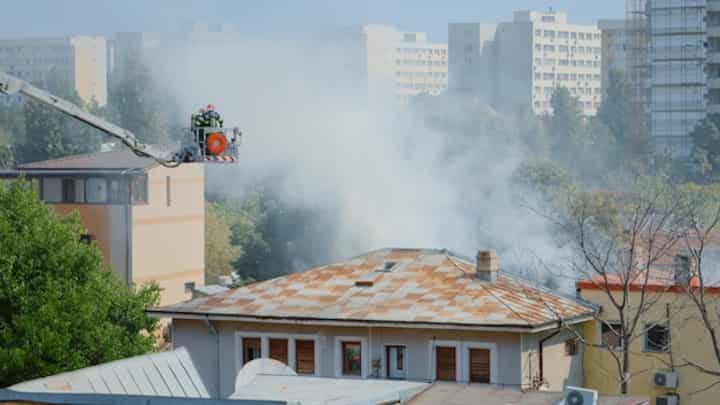
Expert Tips for Cleaning Soot Off Brick Effective Fire Soot Removal
Cleaning soot off brick surfaces can be a daunting task, especially after a fire incident. Soot, a byproduct of incomplete combustion, adheres to surfaces, leaving behind unsightly stains and potentially harmful residues. Proper maintenance and cleaning are essential to restore the aesthetic appeal of brick surfaces and ensure their longevity. This article provides expert tips and techniques for effectively removing soot from brick, helping you to maintain a clean and safe environment.
Understanding Soot and Its Impact on Brick
Soot is composed of tiny carbon particles that can penetrate porous materials like brick. Over time, these particles can cause discoloration and structural deterioration. Understanding the nature of soot and its interaction with brick is crucial for selecting appropriate cleaning methods.
The Challenges of Soot Removal
- Porosity of Brick: Brick is a porous material, which means soot particles can penetrate deeply, making cleaning more challenging.
- Health Risks: Soot contains harmful chemicals that can pose health risks if not handled properly.
- Delicate Cleaning Balance: While it's important to remove soot, overly aggressive cleaning techniques can damage brick surfaces.
Preparation for Cleaning
Proper preparation is key to effective soot removal. Here are the necessary steps to take before starting the cleaning process:
Conduct a Thorough Assessment
Before cleaning, assess the extent of soot coverage and brick damage. This will help determine the best cleaning method. Read more about this topic to understand the importance of a thorough fire damage assessment.
Gather Necessary Supplies
- Protective Gear: Use gloves, masks, and eye protection to safeguard against soot particles.
- Cleaning Agents: Select appropriate cleaning solutions based on the severity of soot buildup.
- Tools: Soft brushes, sponges, and cloths are essential for gentle cleaning.
Effective Cleaning Techniques
Various techniques can be employed to remove soot from brick surfaces. The choice of method depends on the extent of soot accumulation and the condition of the brick.
Dry Cleaning Methods
- Vacuuming: Use a vacuum with a HEPA filter to remove loose soot particles. This method is ideal for initial cleaning.
- Dry Sponge Cleaning: Special soot sponges can lift soot without smearing or spreading it further. This is effective for light soot layers.
Wet Cleaning Solutions
For more stubborn soot deposits, wet cleaning might be necessary. Here are a few recommended methods:
- Mild Soap and Water: Mix a gentle detergent with warm water and apply with a soft brush. Rinse thoroughly to prevent residue buildup.
- Trisodium Phosphate (TSP): A stronger solution, TSP can be effective for heavy soot. Ensure proper ventilation and follow safety guidelines when using this chemical.
Professional Cleaning Services
When soot damage is extensive or cleaning proves challenging, consider hiring professional cleaning services. Explore further insights here about professional fire damage restoration services.
Maintaining Clean Brick Surfaces
Consistent maintenance is essential to prevent soot buildup and extend the life of brick surfaces. Here are some maintenance tips:
- Regular Inspection: Periodically inspect brick surfaces for signs of soot accumulation or damage.
- Prompt Cleaning: Address soot stains promptly to prevent long-term staining or damage.
- Sealant Application: Applying a sealant can help protect brick surfaces from soot penetration and weathering.
Conclusion
Cleaning soot off brick requires a careful, informed approach to avoid damage and ensure effective removal. By understanding the nature of soot, preparing adequately, and employing the right techniques, you can restore your brick surfaces to their original beauty. For more comprehensive information on fire damage assessment and cleaning solutions, find additional information here. With the right knowledge and tools, maintaining a clean and safe environment after a fire is achievable.